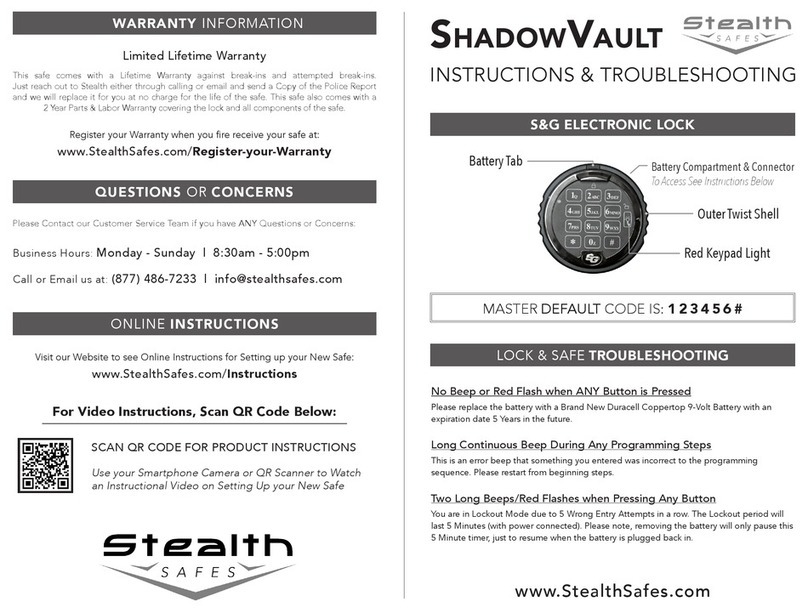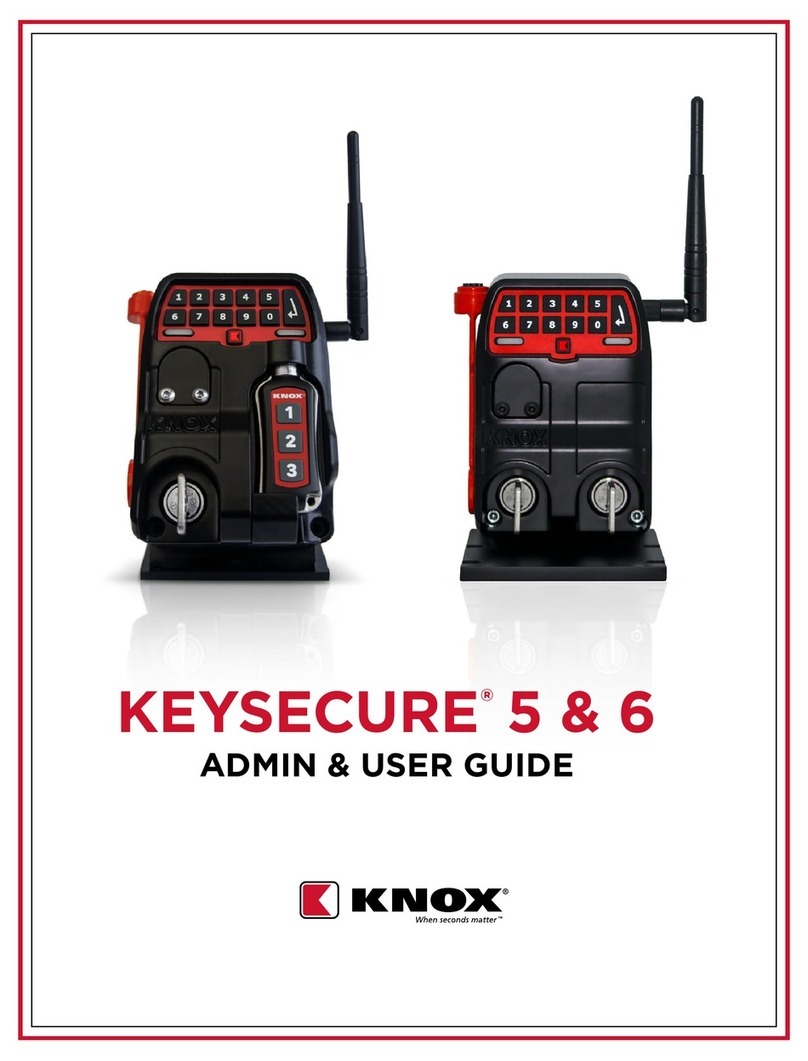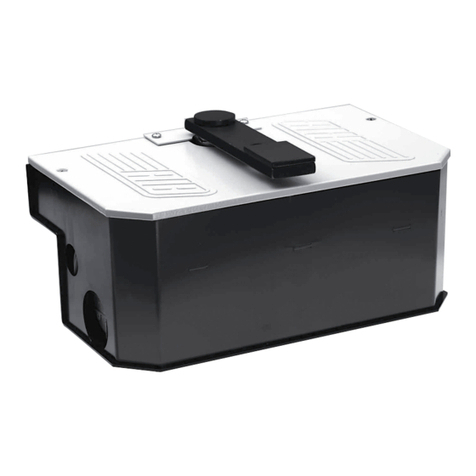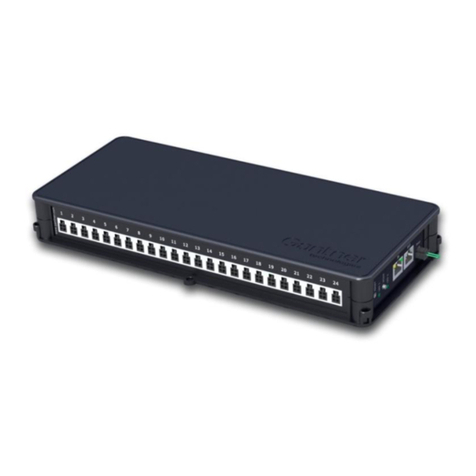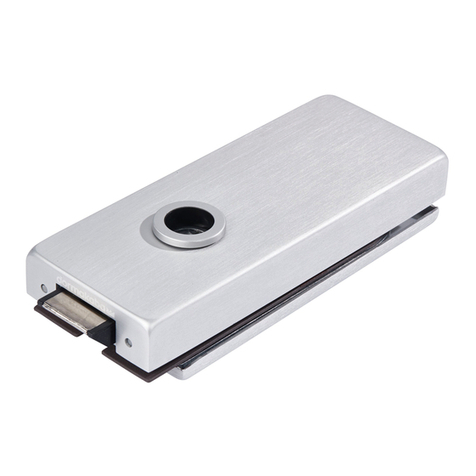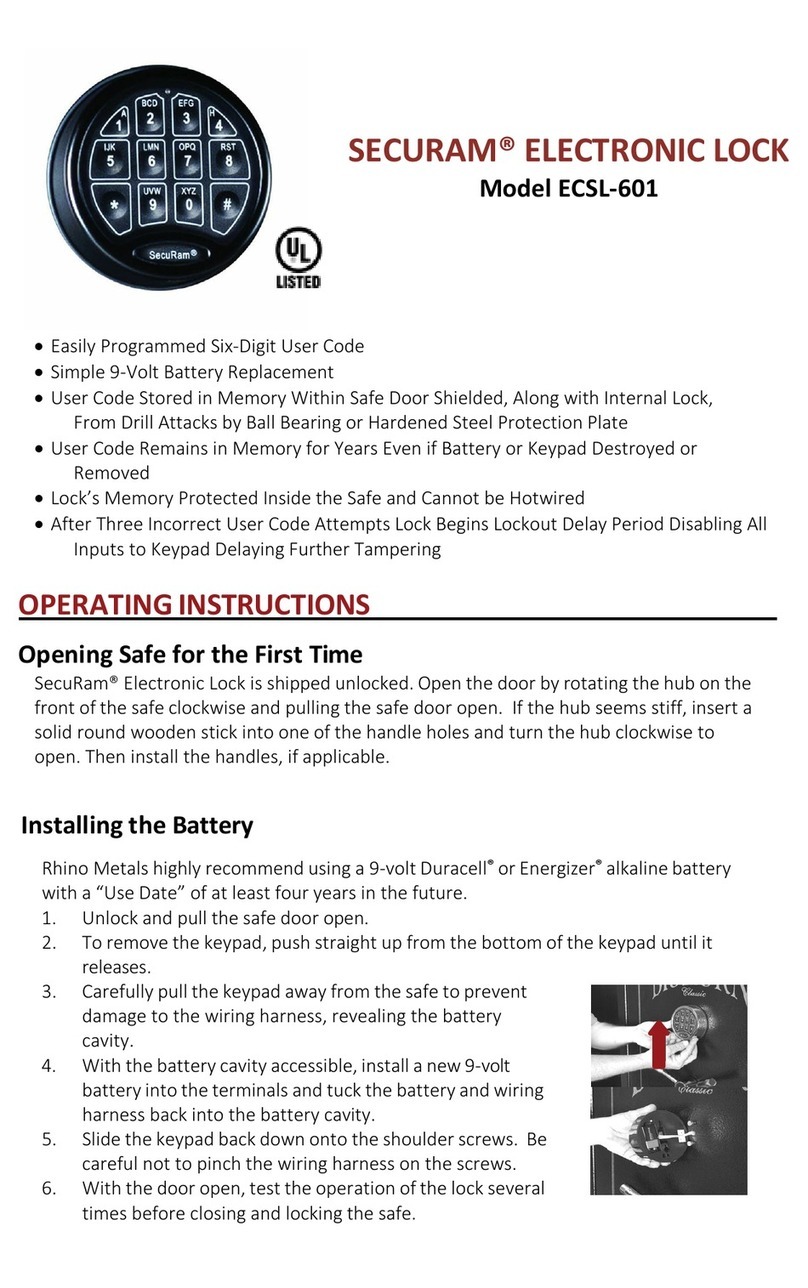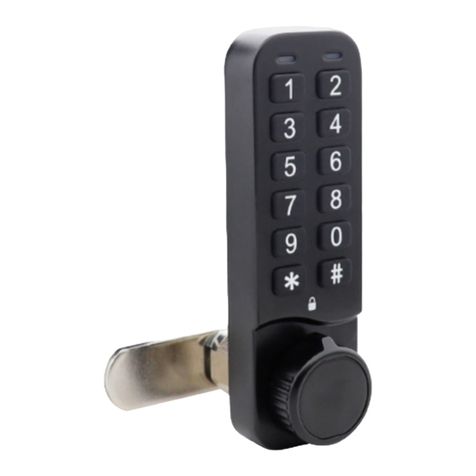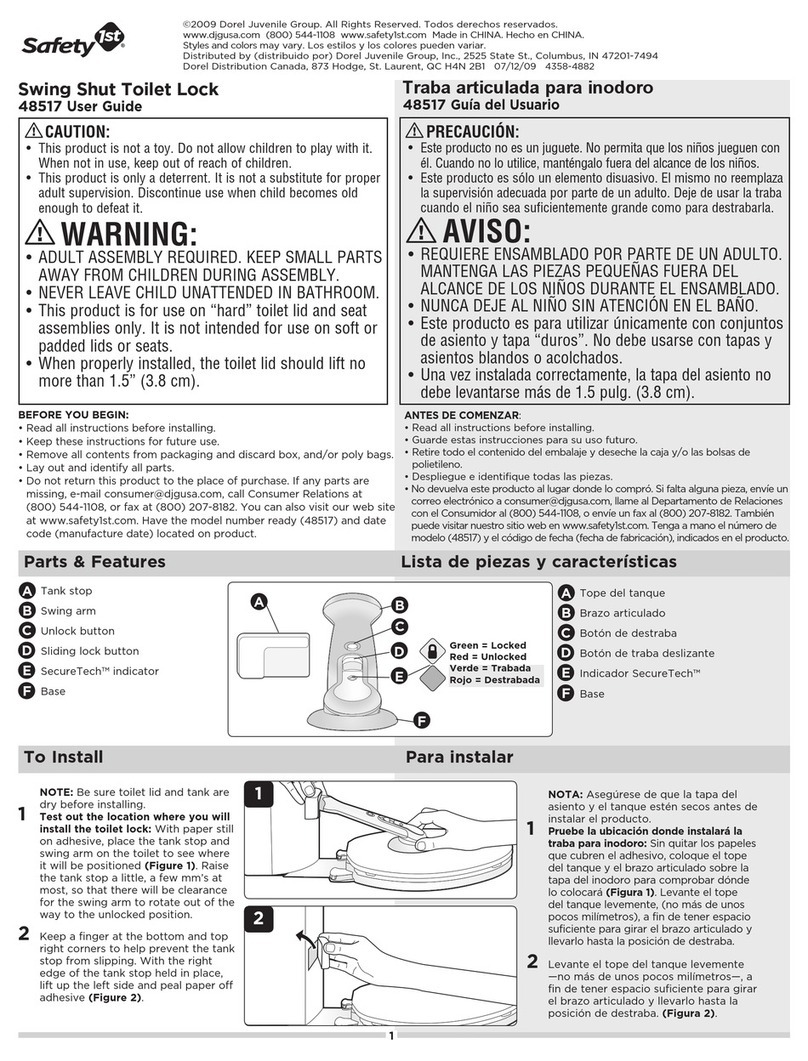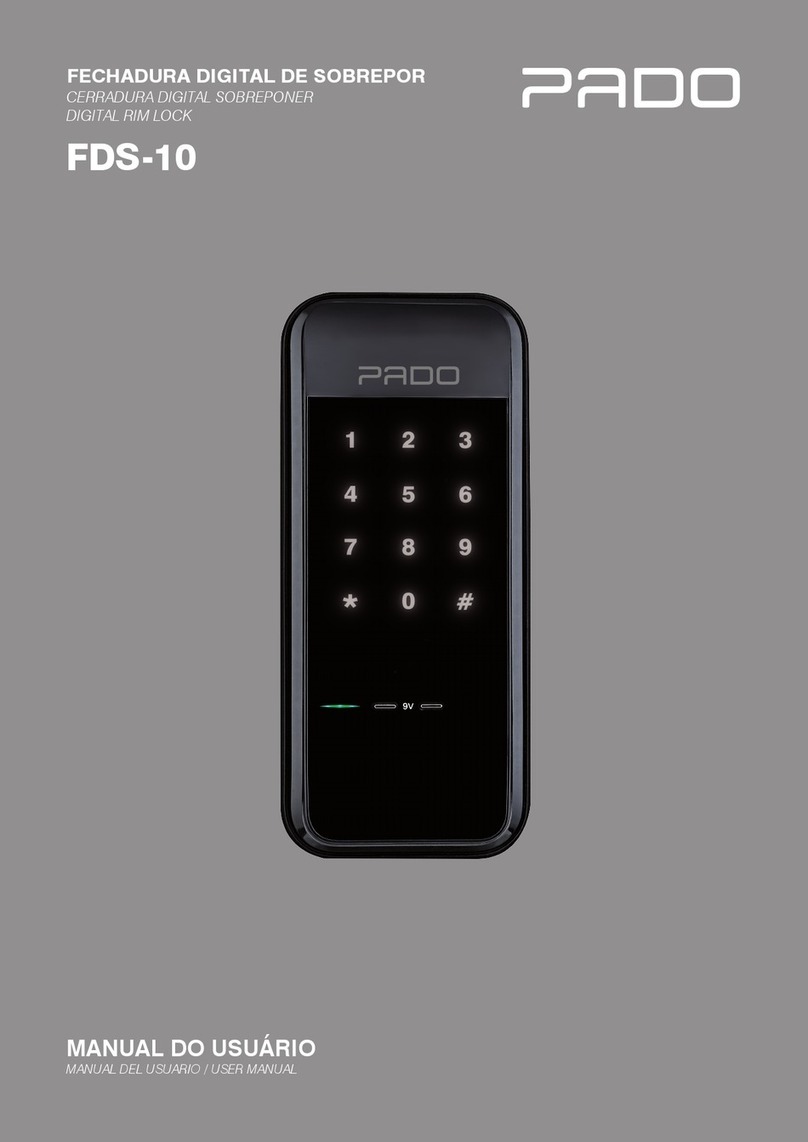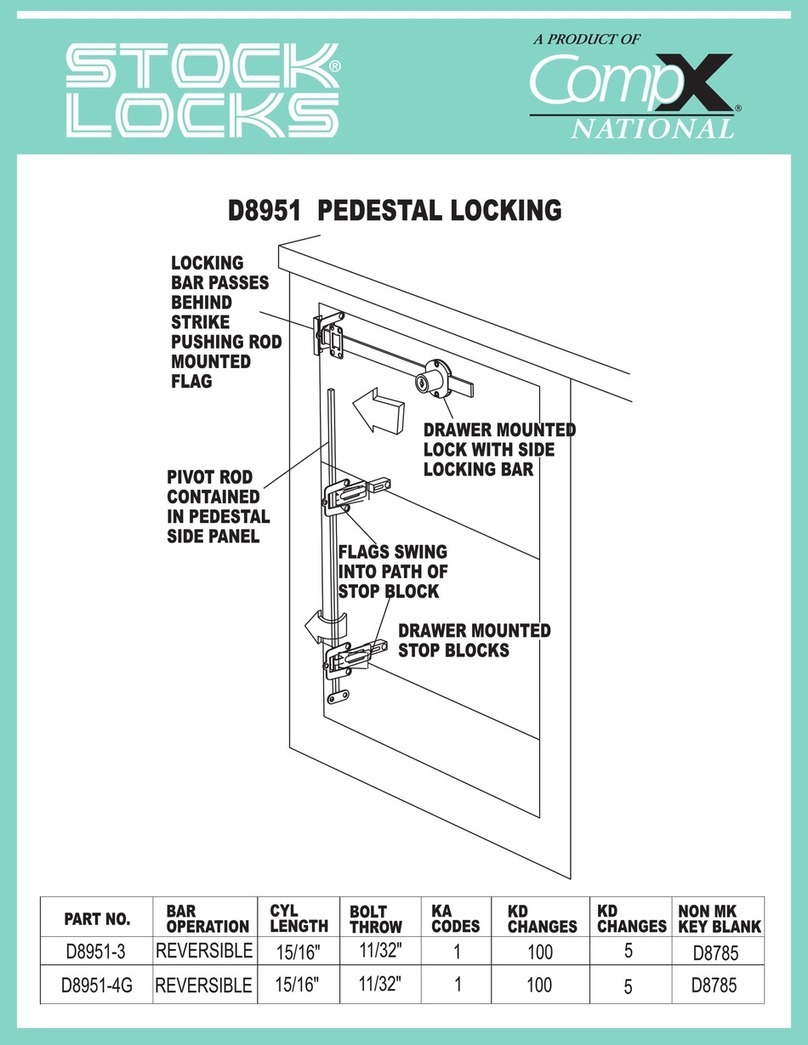
8. Power Connection
Reference Guide9. Cloud Node Registration
7. Communication Connections
OSDP Reference Guide
BAT
POWER
HEART
LINK
RELAY
OSDP
BUS
+-
+
-
0 1 L A
-
B NC NOC 12-24VDC
A
Internet
B
BConnect - Connect the Cloud Node to the network by plugging an Ethernet
connection into the node.
ANetwork - A live internet connection is required to program and manage
the system.
DC Input - Input 12-24 VDC power using an 18/2 wire. For high voltage
applications, use the High Voltage Converter (PN: HVC).
A
Backup Battery - The enclosure will fit most 12 VDC 8 Ah batteries. Connect
the battery to the controller using the supplied battery leads.
B
Battery
12 VDC / 8 Ah
B
A
Fire Input - To integrate the fire system into a controller, refer to wiring
diagrams at www.prodatakey.zendesk.com
Programming - After the controller is connected, access the configuration
software as instructed in the programming manual available at
www.prodatakey.zendesk.com
Reader Compatibility - Pdk does not require proprietary readers.
Controllers accept a Wiegand input, including biometric readers and
keypads. OSDP readers are supported by using the included jumper (see
OSDP reference guide). Contact pdk support if assistance is needed.
UL 294 Compliance - All equipment must meet appropriate UL certifications.
For UL-listed installations, all cable runs must be less than 30 meters (98.5’).
Part Number - RCNE
Pdk Technical Support
Phone: 801.317.8802 Option #2
Email: support@prodatakey.com
Knowledge Base: www.prodatakey.zendesk.com
What is OSDP - Open Supervised Device Protocol (OSDP) is an access control
communications standard developed by the Security Industry Association to improve
interoperability among access control and security products. OSDP brings heightened
security and improved functionality. It is more secure than Wiegand and supports AES-128
encryption.
OSDP Wire Specication - Four-conductor, twisted-pair cable with overall shield is
recommended to remain fully TIA-485 compliant at the maximum supported baud rates
and cable distances. Note - It’s possible to reuse existing Wiegand wiring for OSDP,
however, using simple stranded cable typical of Wiegand readers generally does not meet
the RS-485 twisted pair recommendations.
OSDP Multi-Drop - Multi-drop gives you the capability to accommodate many readers by
running one length of four-conductor cable, eliminating the need to run wire for each
reader.
Note - The maximum number of readers each port can support is four.
Note - Wiegand readers will not work when OSDP jumpers are installed.
Login to your pdk.io account and click the plus icon next to Customers.
Enter the customer name and click Create.
Select the customer and click the plus icon next to Cloud Nodes.
Enter the Cloud Node serial number and a Name, then click Register.
A
B
C
D
www.prodatakey.com
801.317.8802
REV 06132022
View the user manual here:
prodatakey.zendesk.com
PN:RCNE
Copyright © 2022 ProdataKey Inc. All rights reserved. Pdk, Pdk io, and
the Red logos are trademarks of ProdataKey Inc.
ETHERNET
enabled
Quick Start Guide

